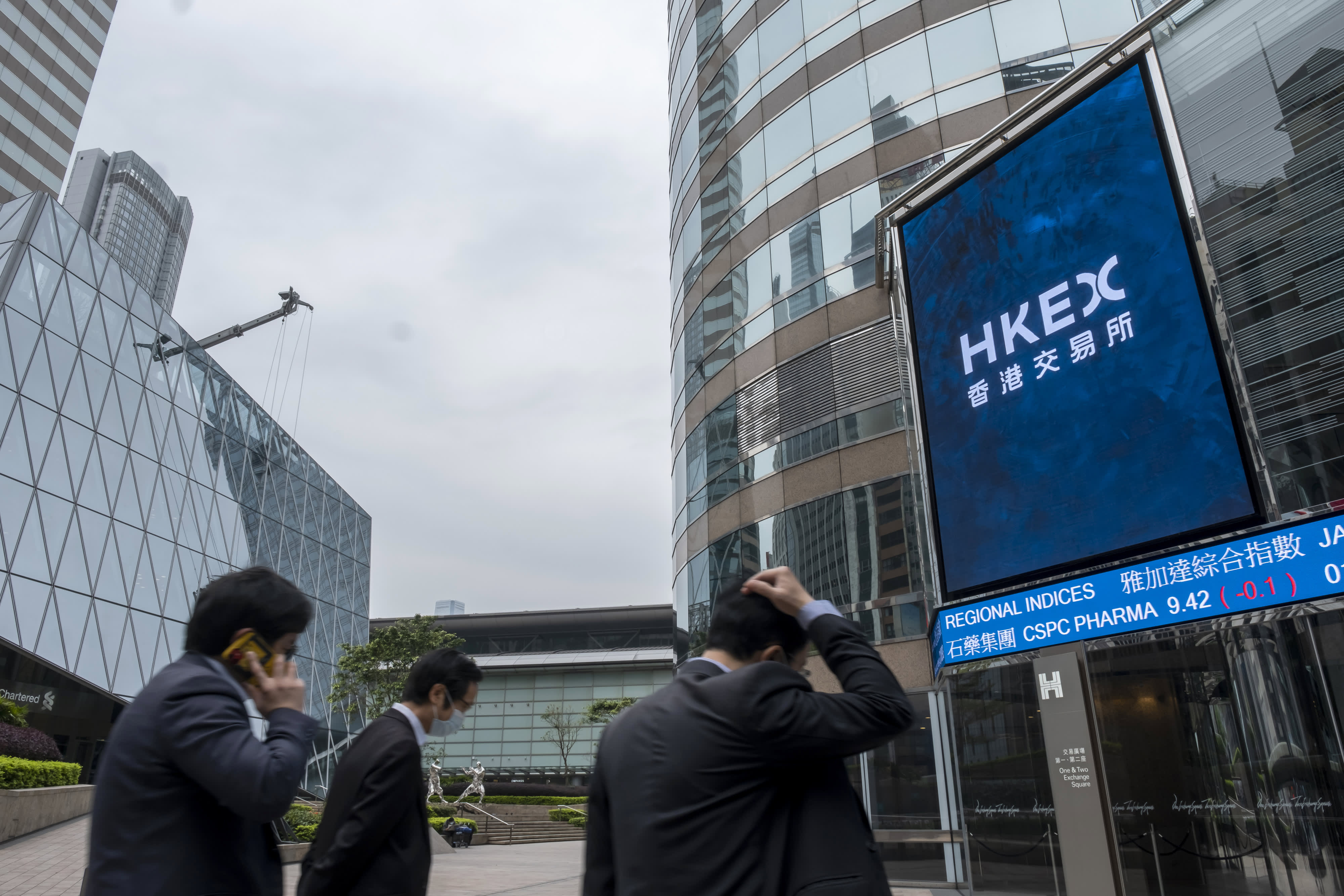
SINGAPORE — Asia-Pacific markets were mixed on Thursday as Wall Street saw gains despite a red-hot inflation report that set market expectations for rate hikes. Meanwhile, Covid worries also came into focus as the World Health Organization warned that omicron cases are “off the charts.”
Japan led losses in the region, as the Nikkei 225 fell 0.8% after jumping nearly 2% on Wednesday, while the Topix lost 0.49%. Major retailers lost ground, as Seven & I fell 3.68%, and Fast Retailing lost 1.53%.
Over in South Korea, the Kospi was down 0.15%.
The Shanghai composite was flat, while the Shenzhen component fell 0.77%. Hong Kong’s Hang Seng index bucked the trend, rising 0.26%.
However, shares of Chinese property developer Sunac tumbled more than 15% after it said in a filing that it plans to sell 452 million new shares to controlling shareholder Sunac International Investment Holdings at 10 Hong Kong dollars per share.
That will raise 4.52 billion Hong Kong dollars ($580 million), with the firm saying that 50% of the proceeds from the sale will go towards repaying loans, while the other half will be for other corporate purposes.
Elsewhere, Australia’s ASX 200 rose 0.64%. Financials and major miners saw gains. Rio Tinto jumped 3%, while BHP was up 4%.
In earnings, Taiwan’s TSMC is set to report fourth-quarter results on Thursday.
Investors will also keep an eye on Covid developments, as the World Health Organization reported a record 15 million new Covid-19 cases globally for a single week, as omicron rapidly replaces delta as the dominant variant across the globe.
Red hot inflation in focus
Data on Wednesday showed that inflation in the U.S. rose 7% during December, the highest since 1982. However, stocks rose despite that report.
The S&P 500 added roughly 0.28% to 4,726.35, and the Nasdaq Composite rose 0.23% to 15,188.39 for its third straight positive day. The Dow Jones Industrial Average, which shuffled between modest gains and losses through the session, finished with a gain of 38.3 points, or 0.11%, at 36,290.32.
That inflation data, which comes amid already-rising prices in recent months, set the stage for a case for hiking rates, said ANZ Research analysts Brian Martin & Daniel Hynes said in a Thursday note.
“US CPI inflation hits 7.0% y/y in December and is likely to be in the 7–8% range for several months yet – reinforcing the need for interest rate hikes by the Fed, starting in March,” they wrote. “Capping inflation is the Fed’s key priority for 2022.”
Currencies and oil
The U.S. dollar index, which tracks the greenback against a basket of its peers, overnight fell to fresh lows of around 95.1, hitting levels not seen since November. It was last at 94.988 during Asia hours — continuing its decline from levels above 95 in the past week.
The Japanese yen traded at 114.54 per dollar, as it strengthened from levels above 115 in the previous sessions. The Australian dollar rose to $0.7279, after hitting its highest level since November overnight.
“[Australian dollar] has been supported by strong Australian retail sales and building approvals. But the weaker USD is the main force supporting AUD/USD this week, especially overnight,” Joseph Capurso, head of international economics at the Commonwealth Bank of Australia, wrote in a note.
Oil prices lifted marginally during Asia hours after they hit two-month highs on Wednesday on tight supply. U.S. crude was up slightly to $82.69 per barrel, while Brent rose to $84.75 per barrel.
Source: CNBC
